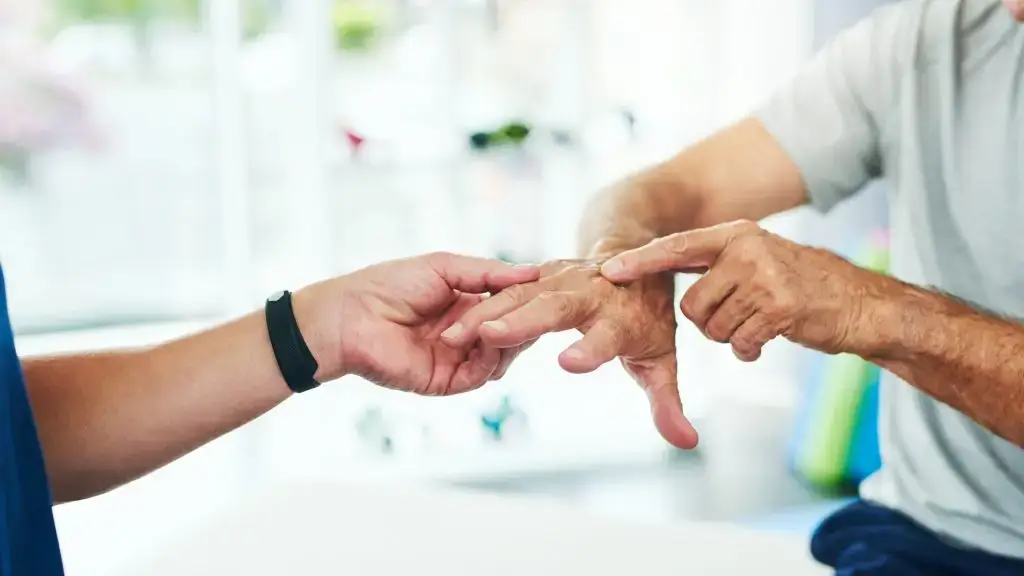Arthritis pain affects more than 3 million adults in America each year, but it’s not a condition that you have to live with. Even if you aren’t interested in taking medication every day or undergoing some kind of invasive procedure, there are options to reduce your arthritis pain and improve the function of the affected joints.
Types of arthritis
The two major types of arthritis are:
- Osteoarthritis – caused by the wearing down of cartilage, bone, or other tissues in the joints throughout the body.
- Rheumatoid arthritis – caused by an auto-immune disorder where the body mistakenly attacks the tissues of the joints, causing inflammation, deterioration, and pain.
Symptoms of arthritis
Arthritis can occur in nearly any joint and has multiple symptoms regardless of the type of arthritis causing the condition. Common symptoms include:
- Pain
- Swelling
- Inflammation
- Redness
- Reduced range of motion/mobility
- Stiffness
Arthritis symptoms can increase and decrease in severity in response to changing environmental factors and lifestyle habits. For example, people may experience an increase in arthritis pain in cold weather or at the end of an active day. Tell your healthcare provider about the most noticeable changes in your arthritis pain to ensure you get a personalized treatment plan that works best for your lifestyle and habits.
Treating arthritis
There are a few proven treatment options for different forms of arthritis that focus on reducing an auto-immune response, lessening inflammation, and increasing flexibility. Some people prefer to treat their arthritis symptoms at home, although working one-on-one with an arthritis specialist can greatly improve the likelihood and quality of expected positive results from your treatment plan.
Regardless of your desired plan, whether through medication or alternative arthritis treatment, our physical therapists are experts at ensuring you have the mobility, flexibility, and sustainability you need for an improved lifestyle.
How physical therapy for arthritis can help
By meeting with a physical therapist for arthritis, you’ll receive a personal evaluation that goes through your current pain points and lifestyle goals before helping you develop a treatment plan that works to improve your symptoms in the next week and for years to come.
Physical therapy for arthritis includes:
- Exercises tailored to your movement and flexibility goals to increase joint strength and resilience.
- Training on proper techniques and postures that affect your arthritis pain.
Start getting relief from arthritis pain today
Physical therapy for arthritis pain can be part of a comprehensive treatment plan to increase your mobility and reduce pain in all aspects of your life. To learn more about how our physical therapists can help reduce your arthritis symptoms, don’t hesitate to call one of our nearby clinics or request an appointment online today.

